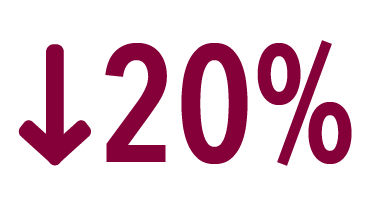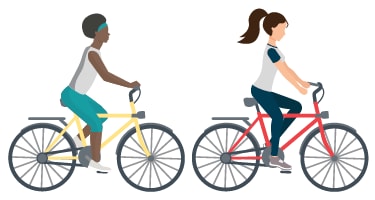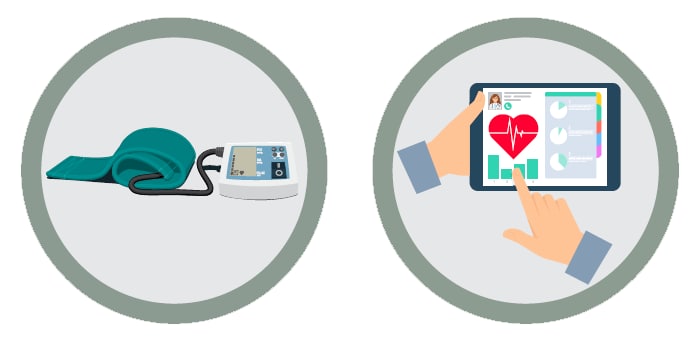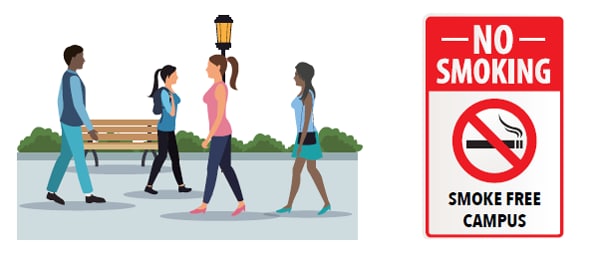Million Hearts®: Everyone Can Make Small Changes that Matter.
The solution to this crisis is already in front of us. Small changes sustained over time will result in big improvements to the heart health of our nation. Everyone can take action.
Million Hearts® is working with more than 120 partners, all 50 states and the District of Columbia, and 20 federal agencies to:
Keep people healthy by making changes to environments in which people live, learn, work, and play to make it easier to make healthy choices.

HOW: Achieve a 20% reduction in sodium intake, tobacco use, and physical inactivity.

Communities making physical activity easier by creating walking and biking trails.

People adding 10 minutes of physical activity a day—like walking or gardening.
Optimize care so that those at risk for cardiovascular disease get services and skills needed to reduce the risk of having a heart attack or stroke.

- HOW: Achieve 80% performance in the ABCS, and 70% participation in cardiac rehabilitation.
- Insurers providing coverage for home blood pressure monitors.
- Clinicians using a standard treatment protocol for high blood pressure, cholesterol management, and tobacco cessation.
Improve outcomes for priority populations who suffer more from cardiovascular disease and where we know we can make an impact.
- HOW: Employers providing places and time for employees to walk during the workday.
- Behavioral health providers receiving training in smoking cessation and using it in their practice.

We’ve already begun.
Keeping People Healthy.
- Eskenazi Health in Indiana lowered sodium content of foods in all vending machines and cafeterias by 37% with their Choose Health Initiative.
Optimizing Care.
- Over 200 Federally Qualified Health Centers achieved more than 70% performance of the ABCS in 2016 earning a Million Hearts® badge.
Improving Outcomes for Priority Populations—People who have had a heart attack or stroke.
- Dartmouth-Hitchcock Medical Center in New Hampshire achieved 80% cardiac rehab enrollment through liaisons who identified eligible patients and connected them to programs.























.png)











No hay comentarios:
Publicar un comentario